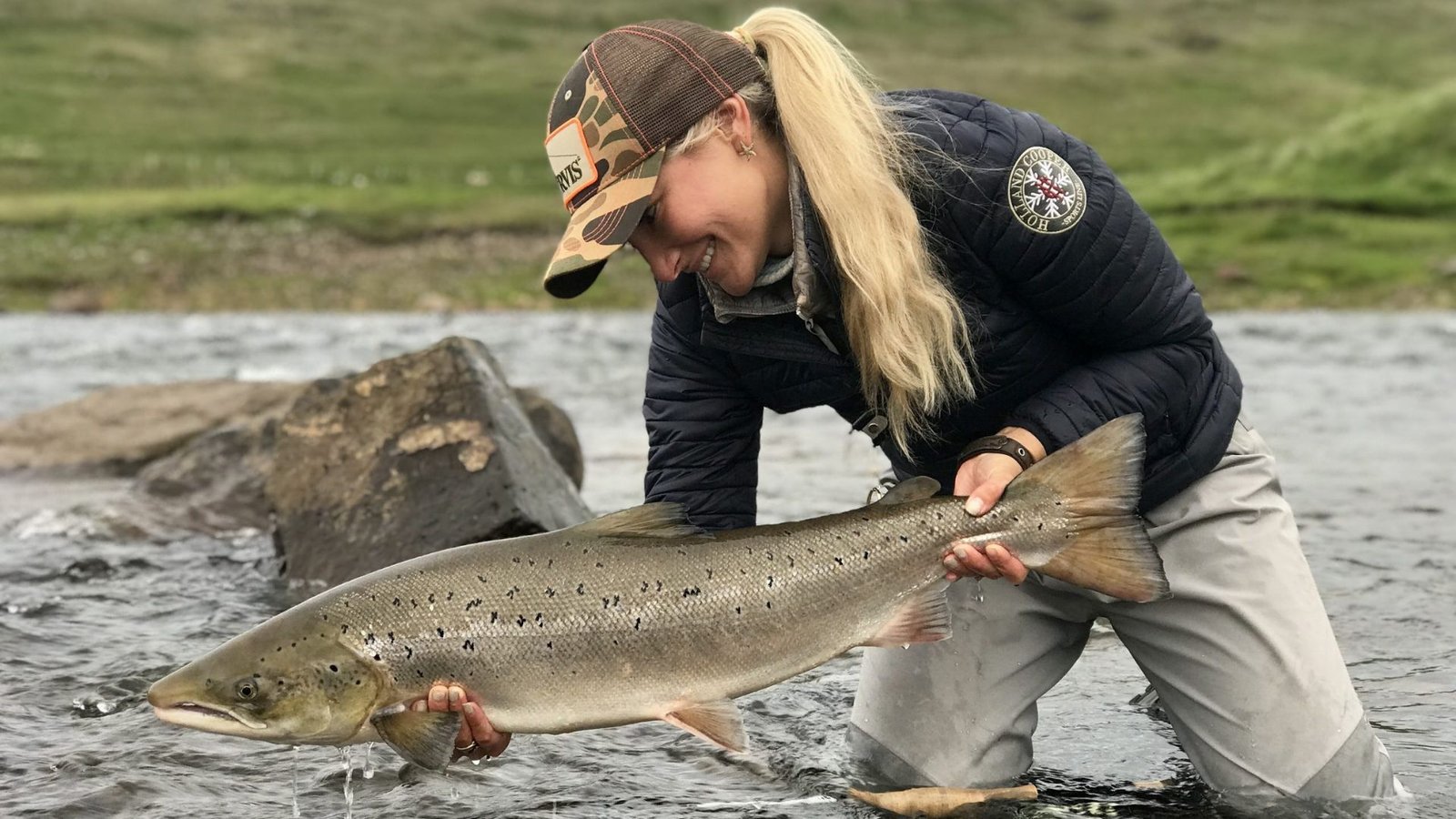Proper organization and storage of your salmon flies are crucial for maintaining their quality and ensuring they are ready for your next fishing trip. A well-organized fly collection saves time, prevents damage, and makes it easier to find the right fly when you need it. Here are some practical tips to help you organize and store your salmon flies effectively.

Tips for Organizing and Storing Your Salmon Flies
1. Use Fly Boxes
Fly boxes are essential for organizing and storing salmon flies. These boxes come in various sizes and designs, featuring compartments or foam inserts to hold flies securely. Opt for waterproof fly boxes to protect your flies from moisture, which can cause rust and deterioration.
- Label Your Fly Boxes: Label each box according to the type of flies it contains. For example, you could have separate boxes for dry flies, wet flies, streamers, and nymphs. This labeling system helps you quickly find the type of fly you need.
2. Categorize Your Flies
Categorizing your flies makes it easier to locate the right one. Organize them by type, size, color, or pattern. This method helps you quickly identify the most suitable fly for the fishing conditions you encounter.
- Type: Group flies into categories such as dry flies, wet flies, nymphs, and streamers.
- Size: Arrange flies by size, starting with the smallest and progressing to the largest.
- Color: Organize flies by color, from light to dark shades.
- Pattern: Keep similar patterns together, such as Woolly Buggers, Green Highlanders, and Thunder and Lightning flies.
3. Use Foam Inserts or Magnetic Strips
Foam inserts or magnetic strips in fly boxes keep flies securely in place. Foam inserts have pre-cut slots where you can insert the hook of each fly, preventing them from moving around. Magnetic strips hold flies with metal hooks firmly in place, making them easy to access and preventing damage.
4. Rotate Seasonal Flies
Rotate your fly collection according to the fishing season. Store flies that are not currently in use in a separate box. This practice helps you focus on the flies you need for the current season and keeps your primary fly box uncluttered.
- Winter: Store summer flies and bring out flies suitable for colder months.
- Summer: Keep winter flies stored and use flies effective in warm weather conditions.
5. Maintain Fly Quality
Ensure your flies remain in good condition by following these maintenance tips:
- Dry Your Flies: After a fishing trip, lay out your flies to dry before storing them. Moisture can cause rust and damage to hooks.
- Check for Damage: Regularly inspect your flies for signs of wear and tear, such as frayed materials or bent hooks. Replace damaged flies to maintain a high-quality collection.
6. Create a Fly Inventory
Keeping an inventory of your flies helps you track what you have and identify which flies need replenishing. Use a simple spreadsheet or a notebook to record details such as the type, size, color, and quantity of each fly.
- Update Regularly: Update your inventory after each fishing trip or when you add new flies to your collection.
- Prioritize Restocking: Identify which flies you use most frequently and ensure you have plenty of backups for those patterns.
7. Store Flies in a Cool, Dry Place
Store your fly boxes in a cool, dry place to prevent exposure to extreme temperatures and humidity, which can damage your flies. Avoid storing fly boxes in direct sunlight or damp areas.
- Tackle Bag or Vest: Keep your fly boxes in a dedicated tackle bag or vest for easy access during fishing trips.
- Home Storage: At home, store your fly boxes on shelves or in drawers away from sources of heat and moisture.
8. Use Silica Gel Packs
Place silica gel packs in your fly boxes to absorb moisture and keep your flies dry. Silica gel packs are inexpensive and help protect your flies from rust and mold.
- Replace Periodically: Replace silica gel packs regularly to ensure they continue to absorb moisture effectively.
9. Utilize Modular Storage Systems
Modular storage systems with removable trays or compartments allow for flexible organization and easy access to your flies. Customize the arrangement based on your needs and preferences.
- Stackable Trays: Stackable trays save space and keep your flies organized and easily accessible.
- Clear Compartments: Clear compartments make it easy to see and select the flies you need without opening each box.
Conclusion
Properly organizing and storing your salmon flies is essential for maintaining their quality and ensuring a successful fishing experience. By using fly boxes, categorizing your flies, maintaining an inventory, and storing them in a cool, dry place, you can keep your collection in top condition and ready for your next adventure. With these tips, you’ll spend less time searching for the right fly and more time enjoying the thrill of salmon fishing.




